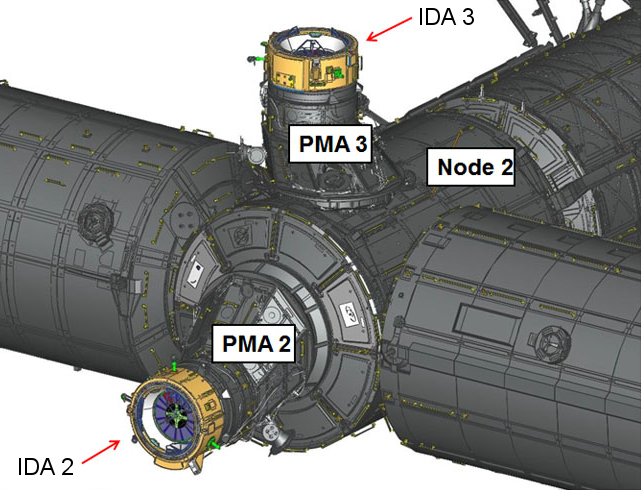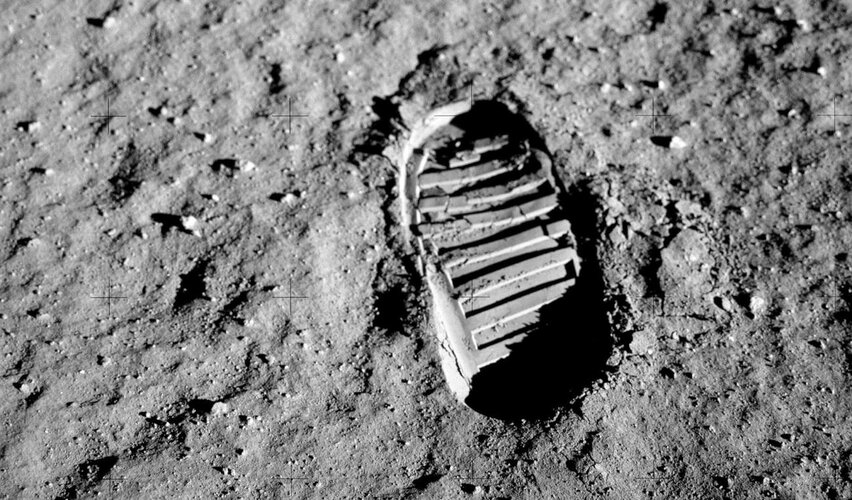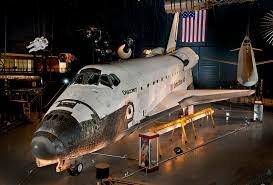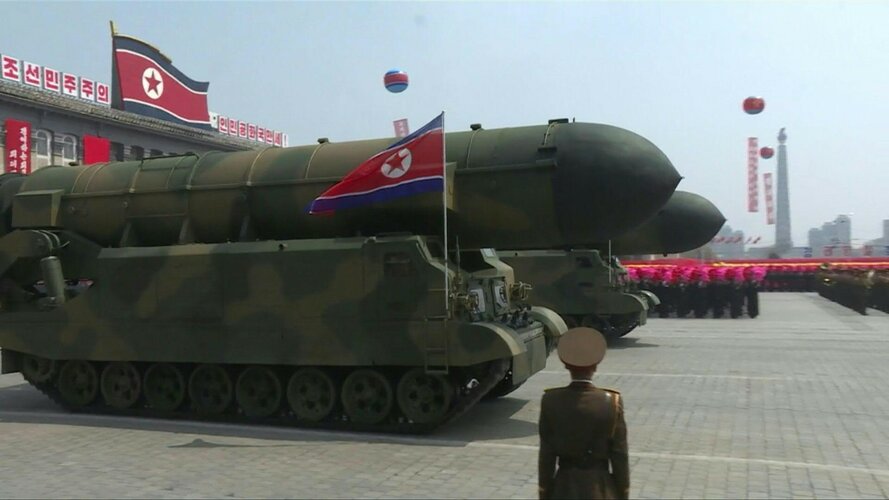@Byeman : the only relevant point I see above is with the connection. I edited to add that it was a non-rigid link but apparently failed saving the update.
The translating airlock is no different from your crew access vehicle, except that it does not leave the station or attempt a re-entry. I fail to understand you here.
Frangible is there to not transmit excess load. Nobody is proposing to have part of the pressurized hull made that way, obviously. The frangible point is b/w the beam and the ISS, at the attaching point.
I think you should devoid more time before replying with negative comments that would appear to be irrelevant also to yourself after a rigorous crosscheck. It´s not like there is much to process in that schematic.
The translating airlock is no different from your crew access vehicle, except that it does not leave the station or attempt a re-entry. I fail to understand you here.
Frangible is there to not transmit excess load. Nobody is proposing to have part of the pressurized hull made that way, obviously. The frangible point is b/w the beam and the ISS, at the attaching point.
I think you should devoid more time before replying with negative comments that would appear to be irrelevant also to yourself after a rigorous crosscheck. It´s not like there is much to process in that schematic.
Last edited:





